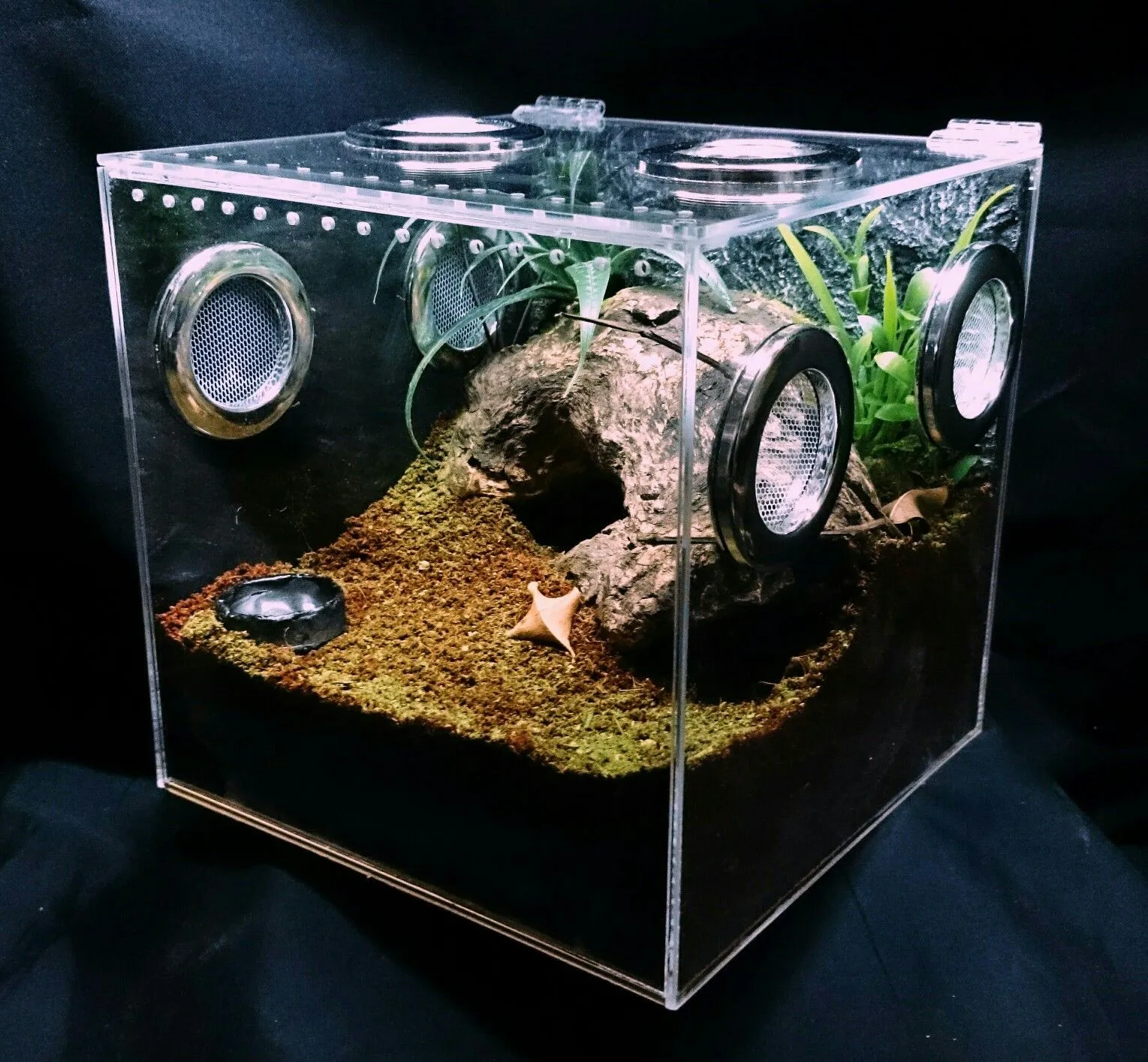Choosing the best tarantula enclosure is crucial for the health and happiness of your eight-legged friend. A well-designed habitat not only provides a safe and comfortable environment but also allows you to observe and enjoy your tarantula’s fascinating behavior. This guide will explore the key considerations when selecting an enclosure, followed by a review of the top 5 enclosure ideas, helping you create the perfect home for your tarantula. Remember, a happy tarantula is a healthy tarantula, and the right enclosure is the first step in achieving that.
What to Consider When Choosing Tarantula Enclosures
Before diving into specific enclosure types, several factors must be considered to ensure the habitat meets your tarantula’s needs. Understanding these elements will help you make an informed decision and create a thriving environment for your pet. Remember, your tarantula’s well-being depends on the quality of its living space. Providing the right environment can significantly extend its lifespan and make it more comfortable.
Tarantula Species
Different tarantula species have varying needs. Arboreal species, which live in trees, require taller enclosures to accommodate their climbing habits, while terrestrial species, which live on the ground, thrive in wider enclosures. The size and temperament of the species also play a role. For example, a large, aggressive species might require a more secure enclosure than a smaller, more docile one. Researching the specific requirements of your tarantula species is the first and most critical step.
Size and Type of Enclosure
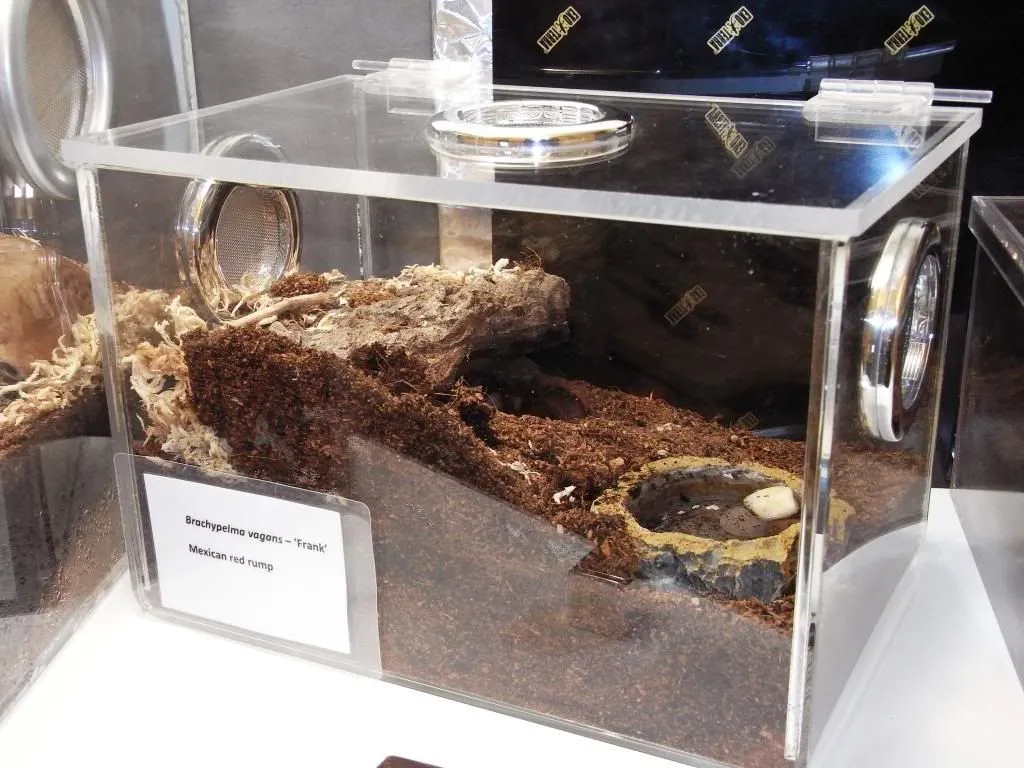
The enclosure’s size should be appropriate for the tarantula’s size and growth stage. A juvenile tarantula can start in a smaller enclosure, which makes it easier for them to find food and feel secure. However, as they grow, they will need a larger enclosure to accommodate their size and provide enough space for movement and exploration. Consider the adult size of your tarantula when selecting an enclosure to avoid having to upgrade frequently. The type of enclosure, whether glass, acrylic, or plastic, will also influence its suitability for your pet.
For example, a terrestrial species might be well suited for a horizontal tank while an arboreal species would need a vertical tank. Consider the final size of the tarantula as well as its habits. For instance, some tarantulas like to burrow, so you need an enclosure with enough depth for substrate.
Ventilation Requirements
Adequate ventilation is essential to prevent mold and mildew growth, which can be harmful to your tarantula. The enclosure should have sufficient airflow to allow for the exchange of air, keeping the environment fresh and preventing the build-up of stagnant, humid air. This can be achieved through strategically placed vents or a mesh top. Proper ventilation will also help regulate humidity levels, which are critical for some tarantula species. Always ensure the ventilation system is secure and does not allow escape.
Substrate Considerations
The substrate is the bedding material at the bottom of the enclosure and plays a vital role in maintaining humidity and providing a comfortable environment. The choice of substrate depends on the species’ needs and preferences. Some tarantulas prefer a substrate that allows them to burrow, such as a mix of coco fiber and peat moss, while others do well with a drier substrate. Ensure the substrate is non-toxic, free from harmful chemicals, and easy to clean. The depth of the substrate is also important; some species will need several inches of substrate to burrow and feel secure.
Top 5 Tarantula Enclosure Ideas
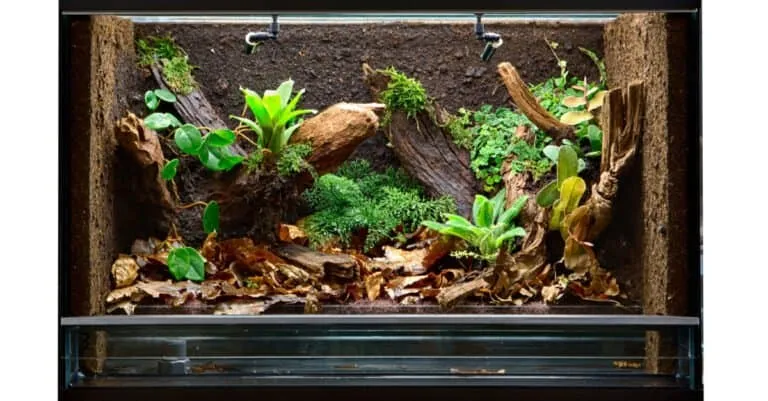
Now that you understand the essential considerations, let’s explore some popular and effective enclosure ideas. These options cater to different needs and preferences, ensuring you can find the perfect habitat for your tarantula.
Glass Terrariums
Glass terrariums are a classic choice, offering excellent visibility and a stylish appearance. They are widely available in various sizes and shapes, making it easy to find one that suits your needs. The transparent walls allow for easy observation of your tarantula, and they can be decorated to create a visually appealing habitat. They are also relatively easy to clean and maintain, making them a popular choice for both beginner and experienced tarantula keepers. Be sure to select one with a secure lid and adequate ventilation.
Pros of Glass Terrariums
- Excellent visibility
- Easy to clean
- Aesthetically pleasing
- Widely available in various sizes
Cons of Glass Terrariums
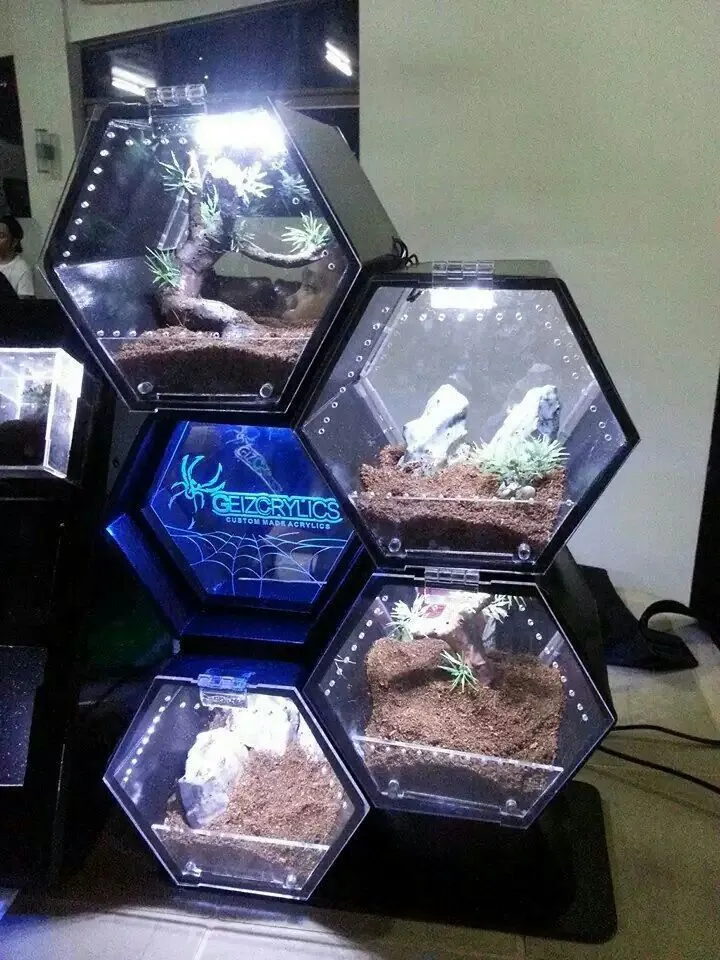
- Can be heavy
- More expensive than some alternatives
- May require additional insulation in cold climates
Acrylic Enclosures
Acrylic enclosures are another excellent option, known for their clarity and durability. They are often lighter than glass terrariums, making them easier to move and handle. Acrylic is also less prone to shattering, making them a safer choice, especially if you have children or other pets. These enclosures typically come with pre-drilled ventilation holes and secure lids, providing a well-ventilated and secure environment for your tarantula. Their transparency ensures that you can easily observe your pet from all angles.
Pros of Acrylic Enclosures
- Durable and shatter-resistant
- Lightweight
- Excellent visibility
- Often comes with pre-drilled ventilation
Cons of Acrylic Enclosures
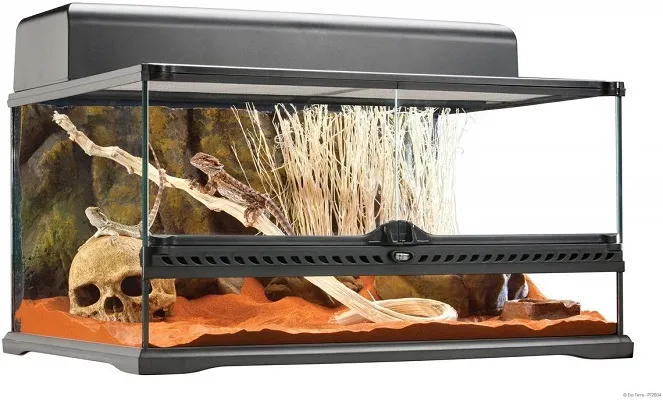
- Can scratch easily
- More expensive than some plastic options
- May warp under high heat
Plastic Enclosures
Plastic enclosures offer a cost-effective and practical solution for tarantula keeping. They are typically lightweight, easy to clean, and readily available. While the visibility may not be as clear as with glass or acrylic, they are often a good choice for juvenile tarantulas or as temporary housing. Make sure the plastic is non-toxic and has adequate ventilation. Look for enclosures specifically designed for reptiles or invertebrates to ensure they meet the necessary safety standards.
Pros of Plastic Enclosures
- Cost-effective
- Lightweight
- Easy to clean
- Widely available
Cons of Plastic Enclosures
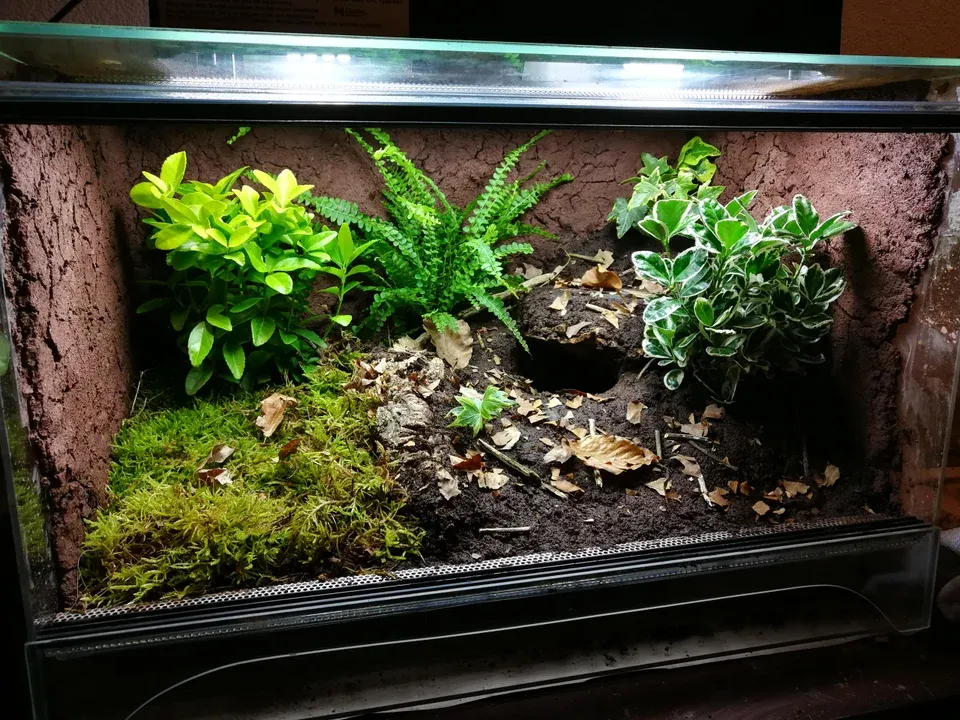
- Visibility may not be as good
- Can be less durable than glass or acrylic
- May not be as aesthetically pleasing
DIY Enclosures
For the adventurous hobbyist, a DIY enclosure can be a rewarding project. This allows you to customize the enclosure to your specific needs and preferences. You can build an enclosure from various materials, such as wood, acrylic, or even repurposed containers. Ensure the materials are non-toxic and safe for your tarantula. Proper ventilation and a secure lid are critical. DIY enclosures can be a great way to save money and create a unique habitat.
Pros of DIY Enclosures
- Customizable
- Can be cost-effective
- Opportunity for creativity
- Tailored to specific needs
Cons of DIY Enclosures
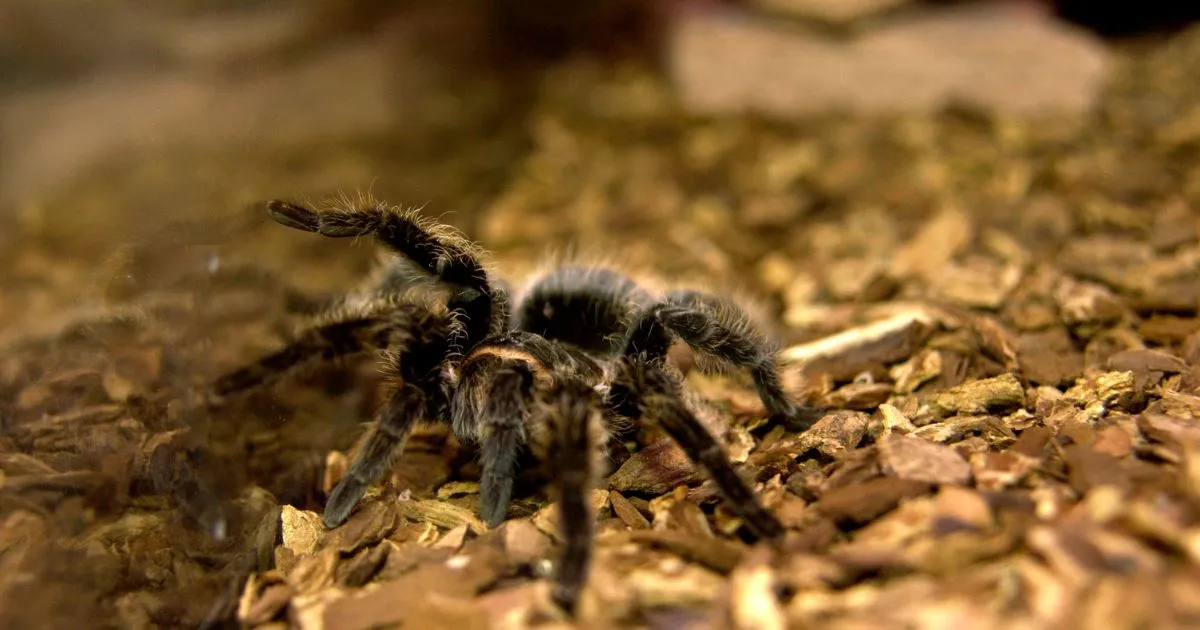
- Requires time and effort
- May require specific skills
- Risk of using unsuitable materials
- Can be difficult to ensure proper ventilation
Mesh Enclosures
Mesh enclosures, often made of aluminum or stainless steel mesh, provide excellent ventilation and are a good choice for species that require low humidity. They are lightweight and easy to clean. However, they may not retain humidity as well as solid-walled enclosures, so they are not ideal for all species. Ensure the mesh is fine enough to prevent your tarantula from escaping and that the enclosure has a secure lid. Mesh enclosures may also not provide as much visual security for the tarantula, which can sometimes lead to stress.
Pros of Mesh Enclosures
- Excellent ventilation
- Lightweight
- Easy to clean
- Good for low-humidity species
Cons of Mesh Enclosures
- May not retain humidity well
- Can be less visually secure
- Tarantula may get their claws caught
Maintaining and Decorating Your Tarantula Enclosure
Once you have selected the best tarantula enclosure, proper maintenance and decoration are essential to ensure your pet’s well-being and create an engaging habitat. Regular maintenance, including spot cleaning and substrate replacement, keeps the enclosure clean and prevents the build-up of harmful bacteria. Decorations provide enrichment and hiding places, making the tarantula feel secure and allowing it to express natural behaviors.
Substrate Selection
The substrate is the foundation of your tarantula’s habitat. Choose a substrate appropriate for your species’ needs. Terrestrial species often thrive on a mix of coco fiber and peat moss, which retains moisture well and allows for burrowing. Arboreal species may prefer a substrate that drains well, such as a combination of vermiculite and sphagnum moss. Regularly check the substrate for cleanliness and replace it as needed to maintain a healthy environment. Make sure you spot clean to remove any waste.
Decor and Hiding Places
Provide your tarantula with plenty of hiding places and decorations to make it feel secure and enrich its environment. Cork bark, artificial plants, and driftwood are excellent options. These elements give your tarantula places to hide, climb, and explore, mimicking its natural habitat. Ensure any decorations are non-toxic, securely placed, and do not pose a risk of injury. The decoration must fit the species and enclosure size.
Temperature and Humidity Control
Maintaining the correct temperature and humidity levels is critical for your tarantula’s health. Use a thermometer and hygrometer to monitor the enclosure environment. Depending on the species, you may need to use a heat lamp or a heat mat to maintain the appropriate temperature. Humidity can be controlled by misting the enclosure with water, adjusting the substrate, and providing a water dish. Consistent monitoring and adjustments are crucial for creating the right habitat conditions.
Feeding and Watering
Provide your tarantula with a constant supply of fresh, clean water in a shallow dish. Feed your tarantula a diet of appropriately sized insects, such as crickets or mealworms. The frequency of feeding depends on the species and its age; juveniles typically require more frequent feeding than adults. Remove any uneaten food to prevent mold and ensure the enclosure remains sanitary. Providing the right food and water is key to maintaining a healthy pet.
Conclusion
Selecting the best tarantula enclosure is a vital step in providing a comfortable and enriching environment for your pet. By considering the species’ needs, choosing an appropriate enclosure type, and implementing proper maintenance practices, you can create a thriving habitat that allows your tarantula to flourish. Remember to always prioritize your tarantula’s well-being and consult with experienced keepers or veterinarians if you have any questions or concerns. With the right enclosure and care, you can enjoy the fascinating world of tarantulas for many years to come.
